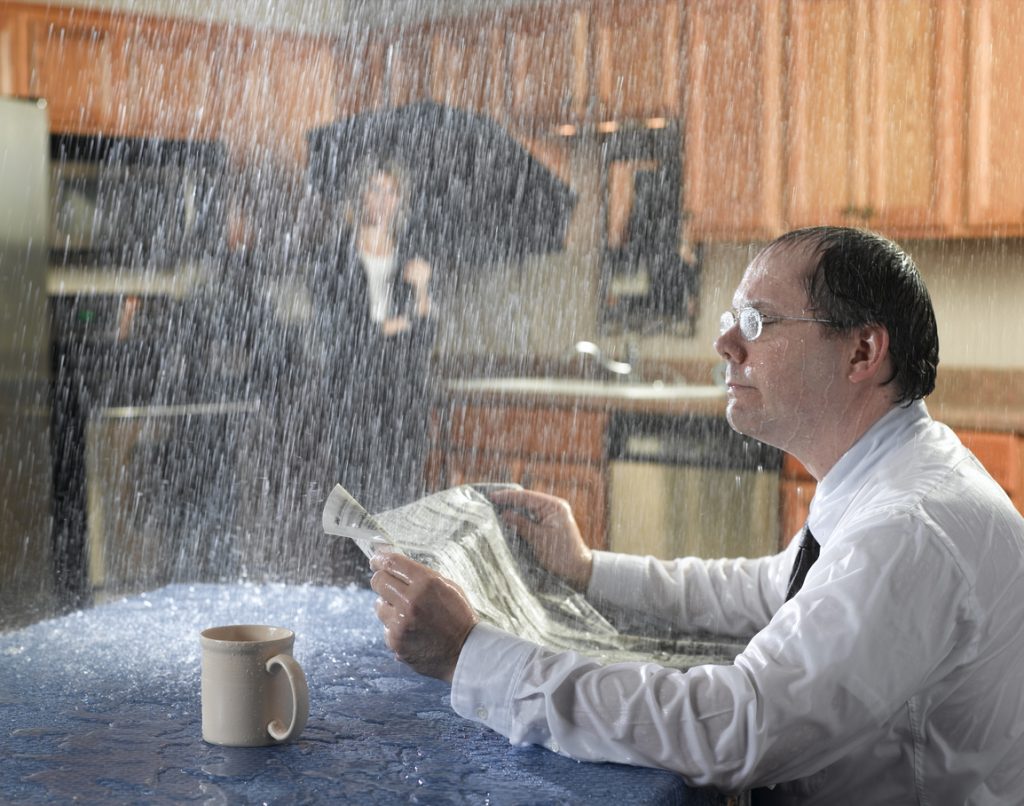In condominium associations, where individual owners share a common interest in property and are often within close proximity to each other, it is not uncommon for disputes to arise between individual owners. Resolution of these disputes often turns on how the property relationships are defined by condominium association documents and bylaws, as well as state condominium statutes. In a recent decision from Ohio, the court analyzed the rights and responsibilities between two unit owners when a water leak in a top unit caused damage to a lower unit that was not covered by insurance.
In condominium associations, where individual owners share a common interest in property and are often within close proximity to each other, it is not uncommon for disputes to arise between individual owners. Resolution of these disputes often turns on how the property relationships are defined by condominium association documents and bylaws, as well as state condominium statutes. In a recent decision from Ohio, the court analyzed the rights and responsibilities between two unit owners when a water leak in a top unit caused damage to a lower unit that was not covered by insurance.
In Michnowicz v. Hines, No. C-110048, 2012 WL 601263 (Ohio App. Feb. 24, 2012), the owner of a lower unit sued his neighbor above him after water leaked from a broken pipe in the upstairs unit into the lower unit. At trial it was established that the upstairs pipe was improperly installed, but also that the improper installation was hidden inside a vanity and undiscoverable without breaking open the sealed vanity. The parties each moved for a directed verdict at the close of evidence, and the court granted the downstairs owner’s motion on the basis that he had proven that (1) the pipe was in the exclusive control of the top unit owner, (2) the owner had a duty to maintain the pipe, (3) the pipe broke, and (4) water flowed down into the lower unit causing damage.
The upstairs neighbor appealed the directed verdict, and the appellate court analyzed the trial court’s verdict to determine that it had applied an absolute liability standard, holding the owner of the top unit liable for damage even if he had acted reasonably under the circumstances. The court looked to the Ohio Condominium Act and the declaration of condominium for the association to determine whether unit owners were strictly and absolutely liable for damage to others’ property. The Ohio Condominium Act provides that:
[the] unit owner or any person entitled to occupy a unit is liable in damages in a civil action for harm caused to any person or to the unit owners association by that individual’s failure to comply with any lawful provision of the condominium instruments.
The court held that the “failure to comply” requirement meant that there must be some level of improper conduct on the part of the upstairs neighbor before he could be held liable for damage caused by a leak originating from his unit.
Upon our review, we hold that the trial court erred by interpreting Article XI, Section 2 and R.C. 5311.23(A) to impose on Hines absolute liability for any damages to Michnowicz caused by the failure of a component in Hines’s unit that Hines had the responsibility to maintain. Article XI, Section 2 merely sets forth the responsibility of the owner to maintain the unit and its components, but it does not define the scope of the duty to maintain.
And R.C. 5311.23(A) simply subjects unit owners to statutory liability to others for damages caused by the failure to comply with a provision of the association’s instruments. The trial court effectively eliminated this element of proximate cause. Further, R.C. 5311.23(A) does not define a standard of care for the underlying violation of a provision, and we do not believe the General Assembly intended it to.
The appellate court held that after removing the incorrect absolute liability standard applied by the trial court, a directed verdict was not warranted and the judge should not have taken the issue away from the jury.
So what level of culpability is required before liability may be imposed on one owner for damage caused to a neighboring unit owner’s property? The court did not state what level was required for Ohio, and will most likely vary in different jurisdictions, so be sure to contact competent legal counsel when dealing with similar issues.


